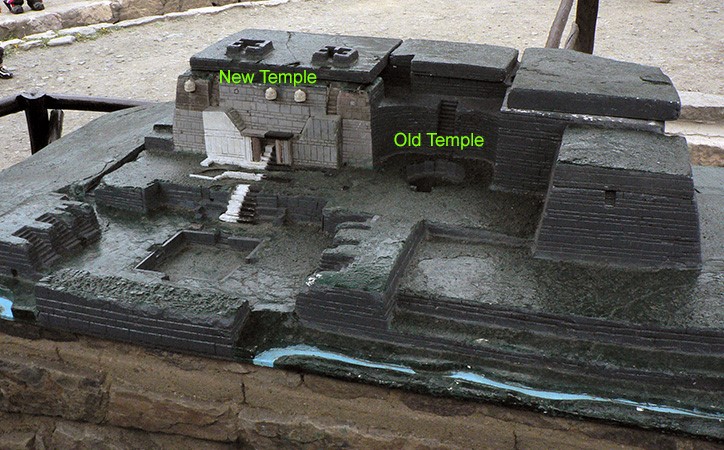Description

Disclaimer: Copyright infringement not intended.
Context
- Archaeologists found a 3,000-year-old sealed corridor at Chavin de Huantar, a 900 BC UNESCO World Heritage site in Peru.
- It was named as the condor's passageway.
- The condor was considered the largest bird in the world.
- In ancient Andean cultures this bird symbolized power and prosperity.
Other information
- A hallway inside a southern portion of the temple would also be opened.
- This hallway was sealed earlier citing the reasons of structural weakness.
Earlier exploration
- In May 2022, a 17kg heavy ceramic piece is found in this passageway which is believed to depict condor's head and wings.
- A ceramic bowl was also unearthed at the entrance of this passageway in the May 2022.
- Earlier a team led by Rick, a Stanford University archaeologist, discovered entrance to the condor's passageway.

Chavin de Huantar
- This pre-Columbian World heritage site is situated 306 km northeast of Lima in the Ancash Region.
- It was declared a world heritage site by UNESCO in 1985.
- This site is believed to be served as a ceremonial and pilgrimage centre for the Andean religion.
- It was the most important center of ideological, cultural and religious convergence of ancient Chavin culture which flourished around 1,500-550 B.C.
- A museum was opened near this site depicting Chavin culture ceramic pieces and rock sculptures by exhibiting ceramic pieces and rock sculptures.
- The temple complex here features a network of passageways and terraces.
Features of Temple complex
- It is a massive flat-topped pyramid situated between eastern and western ranges of the Andes.
- It comprises of two building phases
- U-shaped Old Temple – 900 B.C.
- New Temple – 500 B.C.
- Non-uniform sized stones are used for building walls and floors.
- For carving purpose finer smoothed stones were preferred.
- There exist many either separate or maze like tunnels/galleries inside the temple.

A model of the temple complex
Disclaimer: Copyright infringement not intended.
Significance of Discovery
- The discovered passage will lead a way to other chambers situated in this site.
- It will help in exploring massive temple complex and provide an understanding of the ancient Chavin culture.
- It will provide a window to experience and understand the depictions of birds and felines; earliest days of Chavins, and the advanced art of this culture.
- This discovery would be helpful in knowing more about the first sedentary farming communities in the highlands of Peruvian Andes.
Must Read Article:
UNESCO World Heritage sites
https://www.iasgyan.in/daily-current-affairs/unesco-world-heritage-sites
https://www.iasgyan.in/daily-current-affairs/world-heritage-sites-47
|
PRACTICE QUESTION
Consider the following statements about Chavín de Huántar:
1. This archaeological site is declared a world heritage site by UNESCO.
2. It is believed to be the most important ceremonial and pilgrimage centre for the Andean religion.
Which of the statements given above is/are incorrect?
A. 1 only
B. 2 only
C. Both 1 and 2
D. Neither 1 nor 2
Answer: (D)
|
https://www.thehindu.com/sci-tech/science/peru-temple-site-archaeology-condor-passageway/article67075076.ece
















